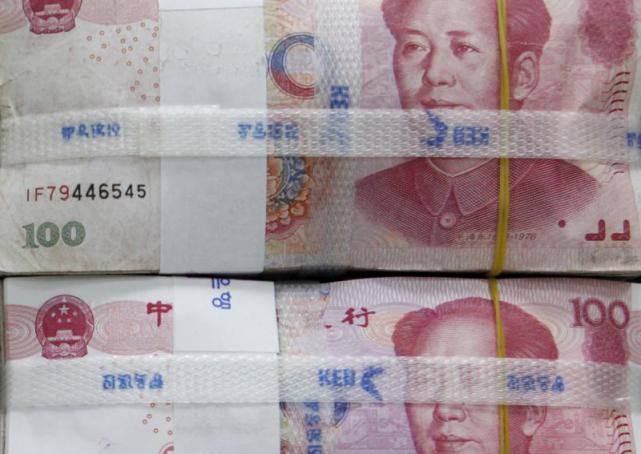-
Tips for becoming a good boxer - November 6, 2020
-
7 expert tips for making your hens night a memorable one - November 6, 2020
-
5 reasons to host your Christmas party on a cruise boat - November 6, 2020
-
What to do when you’re charged with a crime - November 6, 2020
-
Should you get one or multiple dogs? Here’s all you need to know - November 3, 2020
-
A Guide: How to Build Your Very Own Magic Mirror - February 14, 2019
-
Our Top Inspirational Baseball Stars - November 24, 2018
-
Five Tech Tools That Will Help You Turn Your Blog into a Business - November 24, 2018
-
How to Indulge on Vacation without Expanding Your Waist - November 9, 2018
-
5 Strategies for Businesses to Appeal to Today’s Increasingly Mobile-Crazed Customers - November 9, 2018
The Yuan as a Global Currency
The International Monetary Fund (IMF) is expected to give the yuan a vote of confidence on Monday and include the Chinese currency in its Special Drawing Rights (SDR) that unites the US dollar, euro, British pound and the Japanese yen. JP Morgan economist Haibin Zhu said yuan holdings might rise to 5 percent of global reserves, or about $350 billion, over five years.
Advertisement
The yuan will have a 10.92 percent weighting in the SDR basket while the weights of other SDR currencies will be 41.73 percent for the USA dollar, 30.93 percent for euro, 8.33 percent for the Japanese yen and 8.09 percent for the pound, International Monetary Fund said.
A key focus of the Board review is whether the Chinese renminbi (RMB), which continues to meet the export criterion for inclusion in the SDR basket, also meets the other existing criterion, that the currency be “freely usable”, which is defined as being “widely used” for worldwide transactions and “widely traded” in the principal foreign exchange markets.
According to Lagarde, the decision of the Board of Directors to add Chinese yuan to the basket of reserve currencies is an important milestone in the integration of the Chinese economy into the global financial system.
Russian Federation and China plan to sign an agreement that will allow the two countries to build the necessary infrastructure to buy assets denominated in national currencies.
International Monetary Fund staff say the yuan easily met the first criterion: The currency must be issued by a major exporter.
While some short term fund flow is expected in favor of Yuan after inclusion, only in the longer run this inclusion will be big game changer.
The offshore yuan opened at 6.4515 per dollar, its lowest level in 3 months and priced at a deep discount to the onshore rate – a situation the central bank has resisted in the recent past after an unexpected devaluation in August had prompted market speculation of more yuan weakness.
Inclusion is largely symbolic but it should give the yuan a boost on the world stage, and could give countries more confidence to hold the currency.
Huang Yiping, an adviser to China’s central bank, explained how the inclusion will affect people’s lives in the future.
While spurring global yuan investment, the SDR inclusion will commit China to liberalizing its financial system, making it more sophisticated and efficient. Following the global financial crisis, Beijing called in March 2009 for creation of a new currency, possibly based on the SDR, to reduce reliance on dollars but failed to attract support. “Restrictions and quota systems are still in place, and central banks don’t want those strings attached”. Does it go without saying that the change is likely to be deflationary to the yuan?
Advertisement
But Wang Yu, analyst at Pacific Securities in Beijing, said the stock market is unlikely to suffer a repeat of the summer rout as the government is keen for stability in equities to pursue further financial reforms.





























